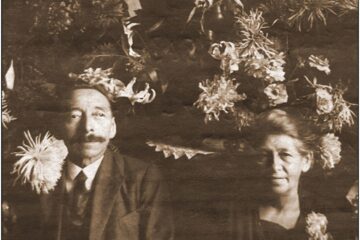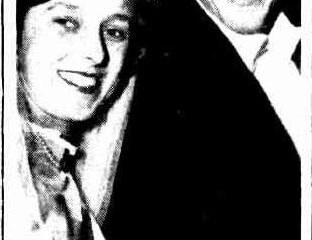
Paul Vander Haar was born in the Netherlands on 7 March 1958 and was one of five children born to Dutch migrants, Bernardus Josef (Ben) and Judith. His surname was originally spelled: van der Haar. On the field he is often referred to as ‘Vander’.
Paul Vander Haar’s legacy in Australian rules football transcends mere statistics; it’s a tale of awe-inspiring athleticism, courage, and the indomitable spirit of a true champion. Dubbed ‘The Flying Dutchman,’ Vander Haar soared to unprecedented heights during his illustrious career with the Essendon Football Club, leaving an indelible mark on the game and the hearts of fans.
From his debut in 1977, Vander Haar captivated audiences with his blond mane, spectacular high marking, and fearless approach to the game. His impact was immediate and profound, earning him accolades such as the VFL’s Recruit of the Year and a place in Essendon’s pantheon of greats.
However, Vander Haar’s journey was fraught with adversity, marked by a series of serious injuries that sidelined him for significant portions of his career. Yet, true to his resilient nature, he always bounced back, showcasing his remarkable talent and unwavering determination on the field.
One of Vander Haar’s most legendary moments occurred in Round 11, 1978, in a titanic aerial battle against Hawthorn’s Peter Knights. In a display of sheer athleticism and skill, Vander Haar and Knights engaged in a breathtaking duel that left spectators in awe and cemented Vander Haar’s status as one of the game’s premier high fliers.
Despite the setbacks, Vander Haar’s impact on Essendon’s success during the 1980s cannot be overstated. He played a pivotal role in the Bombers’ rise to prominence under the guidance of coach Kevin Sheedy, contributing to back-to-back premierships in 1984 and 1985.
Off the field, Vander Haar’s humility and work ethic endeared him to fans and teammates alike. Following his retirement, he seamlessly transitioned into a successful career as a tradesman, embodying the blue-collar ethos that defines Australian football.

Today, Vander Haar’s legacy lives on as a testament to the enduring spirit of the game and the profound impact one player can have on its rich tapestry. As the ‘Flying Dutchman,’ he defied gravity and soared to heights few could reach, etching his name into the annals of Australian rules football history for generations to come.
See also:


